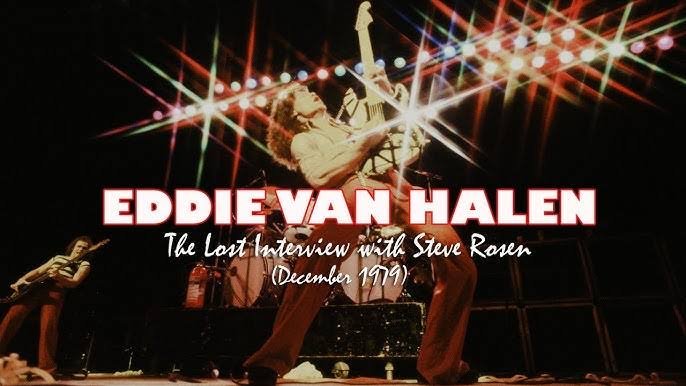
When Van Halen burst onto the scene from California, the music industry was urgently craving a refresh. Even though the heavy hitters provided quality material, the excessive inflation made everything increasingly dull, but as soon as the opening seconds of ‘Runnin With The Devil’ began on the band’s debut, hard rock instantly felt like a celebration once more. While David Lee Roth was recognized as the primary emcee when he launched into his trademark onstage banter, nothing could distract Eddie once he launched into one of his guitar solos.
Indeed, Eddie’s contributions were more influenced by his character than by any particular guitar tone. Numerous individuals would use tapping techniques long after Eddie began refining them, yet his playing always possessed a touch more soul, as if there was a hint of humor in the way he approached scales with both hands on the fretboard.
However, Eddie wasn’t aiming to be just another guitar hero. He understood that there was far more to discover on the instrument apart from basic scales, and although he wouldn’t acquire the priciest equipment at the start of his career, he believed he could modify whatever was necessary to produce the sound he envisioned. Before anyone even listened to a note of music, all attention was completely on what his Frankenstein guitar had to showcase.
From the very beginning, the guitar virtuoso never possessed a suitable guitar for his needs, so he decided to combine the body of one guitar with the neck of another to achieve the sound he desired. Even if it seemed hastily made during the group’s beginnings, he transformed into a mad genius in the studio, creating tones unlike anything heard before when tracks like ‘Atomic Punk’ and ‘Feel Your Love Tonight’ played.
“I simply can’t grasp how anyone could take the stage with my guitar, as it represents my identity.”
Although Eddie was unable to avoid impacting every hair metal guitarist that followed, he became quite defensive when someone copied his sound. After several months of exploring the clubs, he came to understand that some local bands were embarrassing him by creating a low-quality replica of his work.
Although Eddie was forgiving about certain aspects of his sound, he was taken aback when he heard the local band The Weasels imitate him entirely, stating, “A band named The Weasels was performing, and their lead guitarist had a guitar just like mine. I simply can’t comprehend how anyone could step onstage with my guitar since it represents my identity. You see, when people spot a quirky striped guitar like that, featuring a single pickup and one volume knob, they clearly recognize it’s my instrument.”
That wasn’t the only instance when Eddie noticed someone imitating his style. When he finally hit the road, some of his idols, such as Rick Derringer, were incorporating his signature licks into their songs, almost as if they were attempting to overshadow him. As anyone would realize, there’s no reason to try to overshadow Eddie unless you really possess the skills to support your claims.
However, Eddie’s determination that individuals refrain from imitating his guitar design went beyond mere protectiveness. He understood that the essence of any remarkable artist lies in originality, and witnessing numerous imitators attempting to parody that style is likely why the Sunset Strip rock scene met a tragic end when everything was reduced to its fundamentals.